- News
- Subscribe
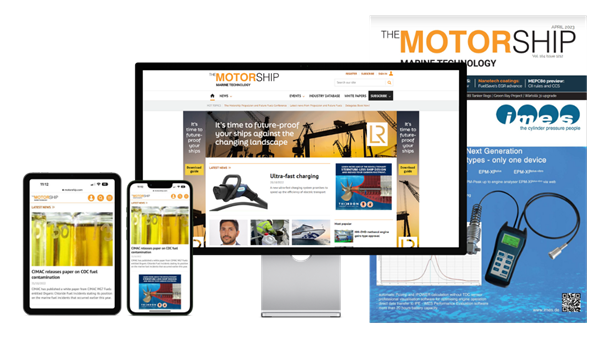
Get full access to The Motorship content
Including the digital magazine, full news archive, podcasts, webinars and articles on innovations and current trends in the shipping industry.
- Expert analysis and comment
- Unlimited access to in-depth articles and premium content
- Full access to all our online archive
Alternatively REGISTER for website access and sign up for email alerts
- Special Reports
Ammmonia
Methanol
BioFuel & Clean Diesel
Nuclear
LNG
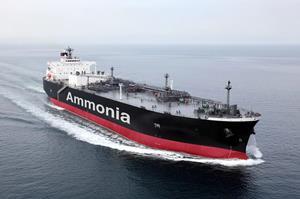

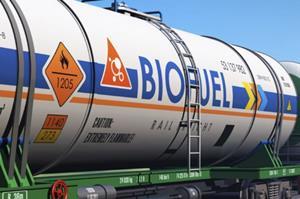
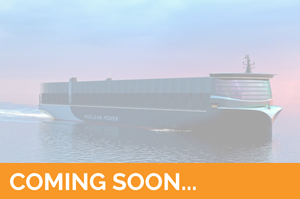
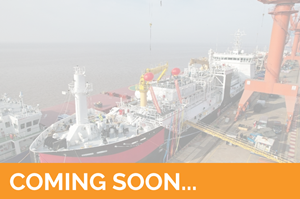
Using an abundant, if toxic, resource to power the maritime fleet. A mature future fuel already in use - but will it become dominant? Numerous NGOs protested against the IMO earlier this year putting biofuels in its Global Fuel Standard, but the “fuel versus food” debate seems to have been solved by deriving fuels from waste. Technically the cleanest possible fuel source available to the maritime world and one that has the longest history, dating back to the 1950s. Why is it not in common, non-military use? LNG is currently the most popular lower carbon fuel, but with bio and e-LNG it could move beyond its current transition fuel status supported by extensive existing infrastructure. Read More Read More Read More Read More Read More
- Industry Database
- Events

Propulsion & Future Fuels Conference 2025
The Motorship’s Propulsion & Future Fuels is the leading international conference on powering shipping’s emissions-cutting ambitions.
The 2025 Conference will take place from 25th - 27th November in Hamburg, Germany and will offer a meeting place to learn, discuss and knowledge-share the latest developments in efficient power and propulsion technology plus alternative low flashpoint and low carbon fuels.
Click here for more information
Ensuring cleaner operation amid regulation

Compliance with new MARPOL and local regulations is a constant driver for emission control technologies and added to that complex mix are the advent of new fuels aimed at solving one problem but bringing new challenges of their own.
It is difficult to imagine that just twenty-five years ago – the average lifetime of a modern ship – shipowners and operators did not have to worry about what mix of gases and compounds was being discharged into the atmosphere from the exhaust stacks.
For sure, the IMO had promulgated the first regulations on NOx in 1997, but they only applied to ships built after 1 January 2000 and had been well trailed so that most engine makers had developed engines that could meet them without any additional technology. The Tier II NOx regulation limits only became effective in 2011 and are currently in force globally except where NOx ECAs have been established and where Tier III levels will apply in accordance with the various coming into effect dates.
Continue this article…
Already subscribed? SIGN IN now
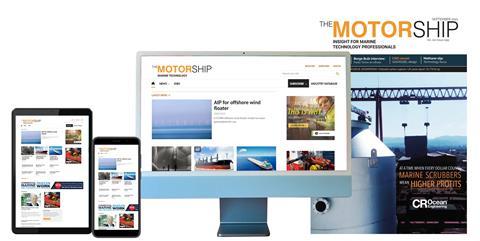
Register for a FREE one-month trial to continue this article
Want to read more before deciding on a subscription? It only takes a minute to sign up for a free account and you’ll get to enjoy:
- Weekly newsletters providing valuable news and information on the shipping sector
- Full access to our news archive
- Live and archived webinars, podcasts and videos
- Articles on innovations and current trends in the shipping industry
- Our extensive archive of data, research and intelligence
Get more free content sign up today
Ready to subscribe? Choose from one of our subscription packages for unlimited access!


